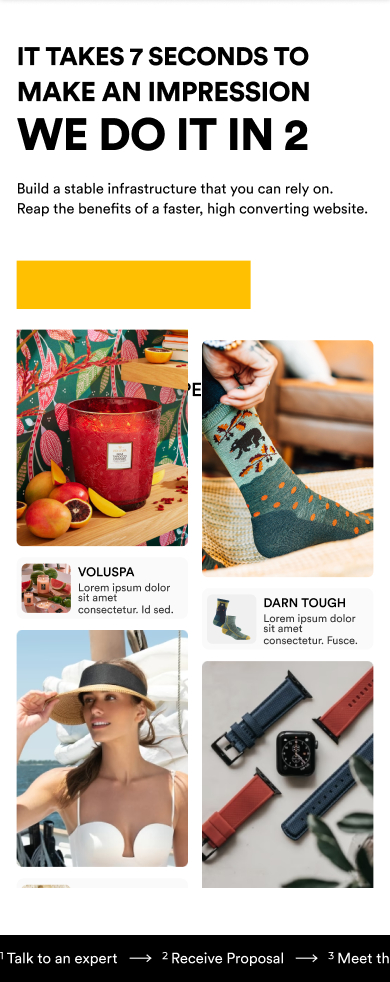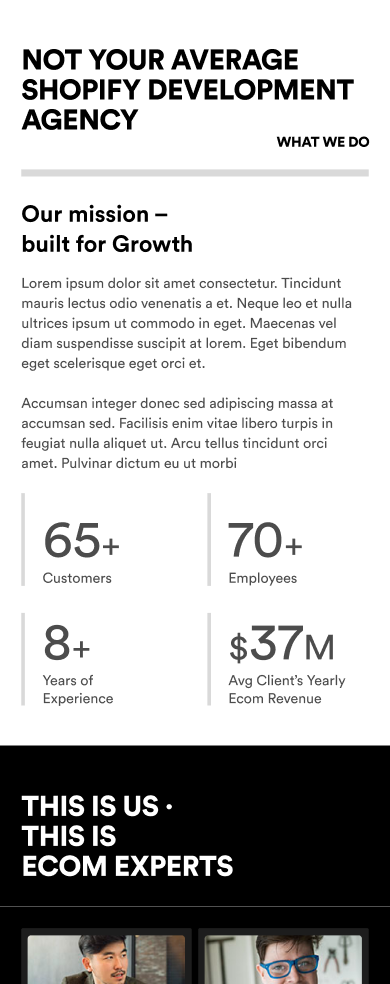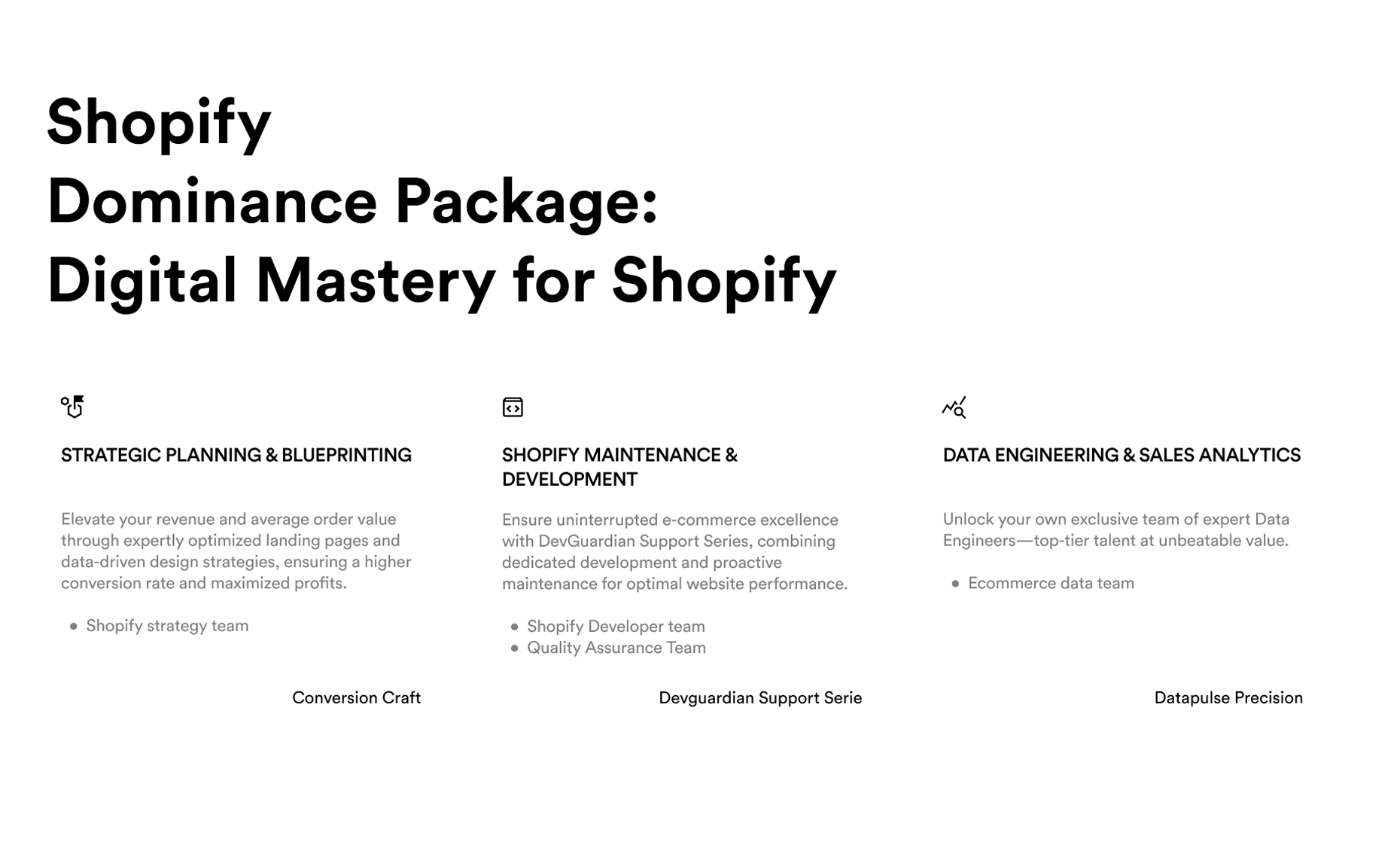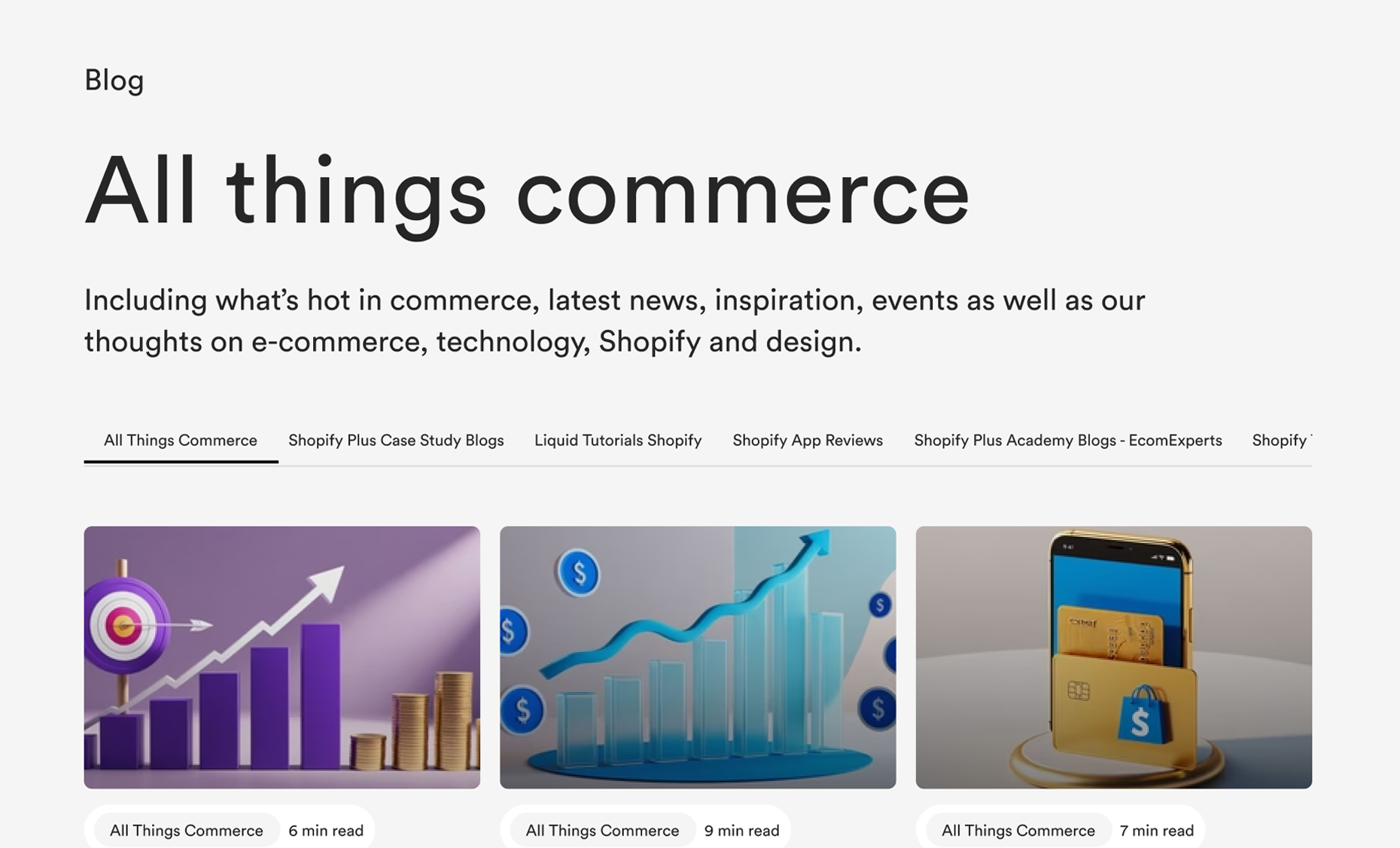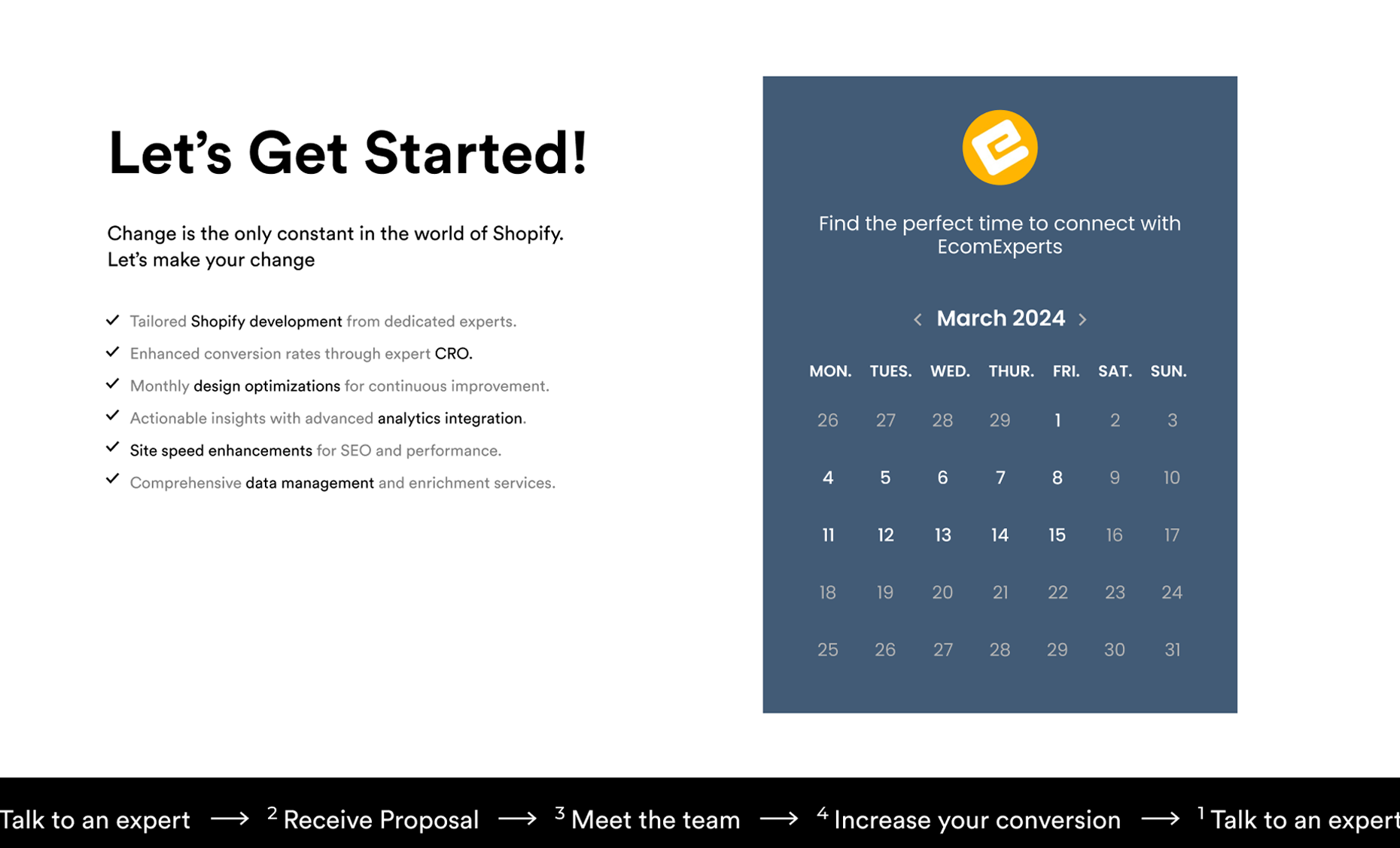Do you know what your biggest cost is? I know what you are thinking, but, your biggest cost is not your paid ads and not even all your marketing efforts. Your biggest cost is your slow website! Don’t believe us?
Stay with us until the end of this article and we will tell you not only why you need to optimize your store but, we will give you actionable advice on how to improve your store speed and finally start making big money!
Why you need to optimize your store?
The first thing you should know is that a slow website is affecting your Customer Lifetime Value. 79% of people will never buy from you again if they are not satisfied with web performance.
Performance issues may vary. They can cause small delays and annoy your users, or at worst they can make your site completely unavailable and unresponsive to user input.
Here are some case studies that show how high-performing sites engage and retain users:
-Pinterest increased search engine traffic and sign-ups by 15% when they reduced perceived wait times by 40%.
-COOK increased conversions by 7%, decreased bounce rates by 7%, and increased pages per session by 10% when they reduced average page load time by 850 milliseconds.
The examples of how low performance harmed business goals:
-The BBC found they lost an additional 10% of users for an additional second their site took to load.
-DoubleClick by Google found 53% of mobile site visits were abandoned if a page took longer than 3 seconds to load.
Holding users is crucial to improving conversions. Slow sites can hurt revenue. Here are some examples of how performance affected making businesses more (or less) profitable:
-For Mobify, every 100ms decrease in homepage load speed worked out to a 1.11% increase in session-based conversion, producing an average annual revenue increase of nearly $380,000. Additionally, a 100ms reduction in checkout page load speed amounted to a 1.55% increase in session-based conversion, which in turn produced an average annual revenue increase of approximately $530,000.
-DoubleClick found publishers whose sites loaded within five seconds earned up to twice as much ad revenue than sites loading within 19 seconds.
-When AutoAnything reduced page load time by half, they saw a boost of 12-13% in sales.
Go check your store speed now!
You can use our free Shopify specific tool testmystorespeed.com, It is completely free and you can:
-see which apps are slowing your site
-track progress in the history section
-check how your store is performing on both desktop and mobile
-See which images are not optimized and a whole bunch of things that are Shopify specific
It is crucial to keep an eye on the store performance after each customization - by not doing this your money is thrown in the water!

Don’t forget that a faster site brings you higher Google ranking! It means that you will get new customers without spending a dime. All you need to do is to make a move and optimize your store speed!
Stop losing money and customers! The longer you put off optimizing your site for speed, the more customers you’ll lose to a faster competitor’s site!
How to speed up your Shopify store?
Be smart and brave; don’t pass on your potential success to others just because you were too lazy to devote some time to your site. Remember, time is money, and in this case, you can manage time to your advantage with these 7 steps:
1. Image Optimization – If you optimize the images before uploading (there are a lot of free tools to optimize images) you will save a huge amount of data which leads to a better speed of your store.
2. Reduce the number of high-resolution images – We know that content sliders are popular, and a lot of themes offer them. A lot of stores have them but think about if you need them or not. At least, you can reduce the number of slides you show because, to be honest, no one sits there and watches your content slider.
3. Choose a fast theme – Your store’s speed largely depends on your theme. So, before you install a theme it is recommended to run the theme’s preview page through Google Pagespeed Insight and see what the tool complains about.
4. JavaScript and CSS files Optimization - If you don’t want to remove the app that you have installed, you need to optimize that. For that, you need to merge all the stylesheets into one single file. Same thing applicable for all JavaScript files as well.
Caution: some JavaScript files depend on others to load first. Copy and paste them in the order in which they were included in your theme. You’ll need to make a backup of your theme first, so if things break after merging all files into one, you can revert to the old version.
5. Manage the Apps installed – We are recommending you to uninstall the apps for improving your store’s performance, not the ones you are using, of course. Remove the ones you are not using at a particular moment.
6. Try to utilize Device-Responsive Themes - You can use Device-Responsive themes where themes provide elements like images, at a solution that is optimal for the device. Whether the customer has opened your store from the iPad or a desktop, it will automatically detect the particular device and serve the most suitable image resolution for the individual customer. To check on this, you can connect with the Shopify themes author and confirm device-responsive themes.
7. Use Google Tag Manager - If you are using many different marketing and eCommerce tools, many of them give you lines of code to put on your website. So, the more codes you add, the slower your Shopify website will load, because it has to wait for one code to load before the next one can start. Google Tag Manager is a free tool from Google, it saves your website the extra load time on all other pages. With this tool, you control what tags are fired, on what pages, and when they are fired. Also, all your tags will be stored in one place.
Time is precious!
When it comes to time, 64% of Smartphone users expect a website to load in 4 seconds or less, and 53% of customers will leave a site if it took longer than 3 seconds to load. Any second more of waiting and your website is an ancient past for them.
Online shoppers have even less patience. 47% of them expect webpages to load in 2 seconds or less! Do you really want to gamble with your future like this by not optimizing your store?



